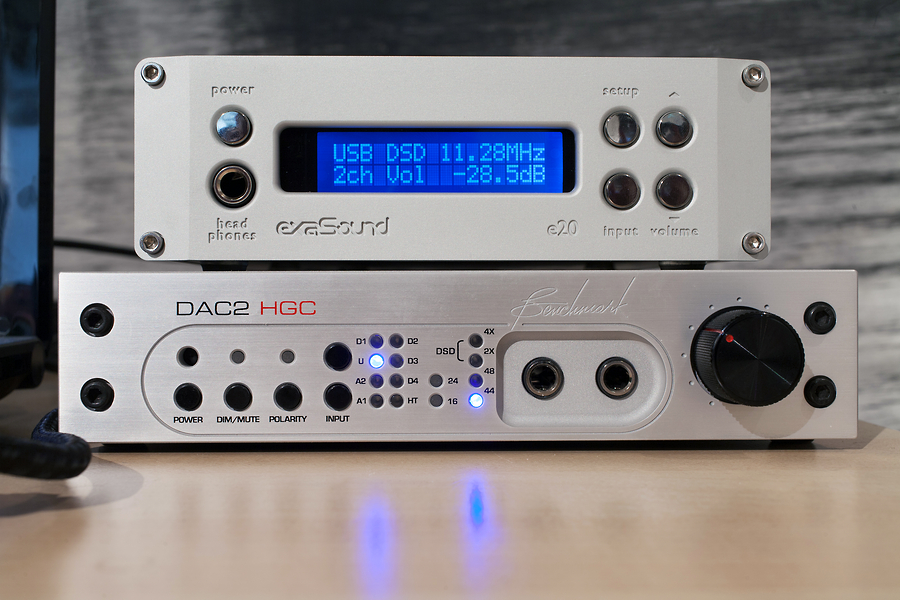

In bridged mono, the AHB2 will deliver 380 Watts into 8 Ohms, and 480 Watts into 6 Ohms. In bridged mono, the AHB2 is rated for 6 Ohms, but there’s a bit of an asterisk to that. Unlike so many other amps with a bridged mono option, the AHB2 does not limit you to just 8 Ohm nominal speakers. With the flick of a switch you can transform the AHB2 into a monoblock amplifier. It will nearly double down its power to 190 wpc into 4 Ohms and 240 wpc into 3 Ohms with both channels driven simultaneously.īut the power output doesn’t stop there.

Benchmark says that the AHB2 can deliver up to 18A to each channel simultaneously. The AHB2 is a 100 wpc stereo power amplifier, but boy is that ever deceiving. The AHB2 was a joint engineering effort between Benchmark Media Systems (best known for their universally heralded DACs) and THX. The folks at Benchmark, whose AHB2 power amplifier is the first commercially-available amplifier based on THX’s AAA technology, assured me that this was indeed the case. If Laurie Fincham can put his stamp of approval on an amplifier technology then audiophiles should, at the very least, take notice.Ī feed-forward design? Virtually no noise? A traditional topology with a radical reduction in waste heat, like Class D designs, but without any compromise in sound quality? Pure audiophile sound in a compact size? Seriously, could all this and more be true? When I had the opportunity to interview Laurie Fincham, who is not only THX’s Vice President but also a legendary figure in the audiophile world, I became extremely excited at the amplifier advancements made possible by THX’s new Achromatic Audio Amplifier (AAA) technology. To a degree, such a closed attitude towards new amplifier technology betrays a rather closed and gentrified view of things. But let’s be brutally honest for a moment. One only needs to look at the sonically inferior, early incarnations of Class D amplifiers. Anecdotally speaking, there has been some merit to that perspective over the years. In most audiophiles’ minds, amplifier size equates with audiophile performance.ĭare to mention a new amplifier technology or even attempt to show a smaller-sized amplifier and-if you’re lucky-you’ll only be met with a skeptical, raised eyebrow. Big, bulky amplifiers with heat sinks as large as Stegosaurus plates are a die-hard audiophile’s prized possession.


 0 kommentar(er)
0 kommentar(er)
